-
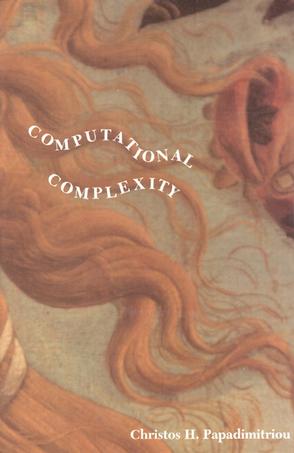
Computational Complexity
This text offers a comprehensive and accessible treatment of the theory of algorithms and complexity - the elegant body of concepts and methods developed by computer scientists over the past 30 years for studying the performance and limitations of computer algorithms. Among topics covered are: reductions and NP-completeness, cryptography and protocols, randomized algorithms, and approximability of optimization problems, circuit complexity, the "structural" aspects of the P=NP question, parallel computation, the polynomial hierarchy, and many others. Several sophisticated and recent results are presented in a rather simple way, while many more are developed in the form of extensive notes, problems, and hints. The book is surprisingly self-contained, in that it develops all necessary mathematical prerequisites from such diverse fields as computability, logic, number theory, combinatorics and probability. -
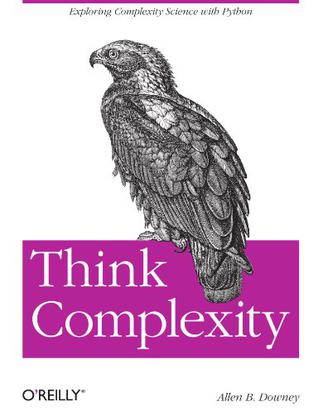
Think Complexity
Dive into Python's advanced possibilities, including algorithm analysis, graphs, scale-free networks, and cellular automata with this in-depth, hands-on guide. Whether you're an intermediate-level Python programmer, or a student of computational modeling, you'll examine data structures, complexity science, and other fascinating topics through a series of exercises, easy-to-understand explanations, and case studies. Think Complexity presents features that make Python such a simple and powerful language. Author Allen Downey provides code to help you get started, along with a solution for each exercise. With this book, you will: Work with graphs and graph algorithms, NumPy arrays and SciPy methods, basic signal processing and Fast Fourier Transform, and hash tables. Discover complexity science, the field that studies abstract models of complex physical systems, including power laws, fractals and pink noise, and Turing machines. Explore the philosophy of science through the models and results in this book about the nature of scientific laws, theory choice, and realism and instrumentalism, and more. -
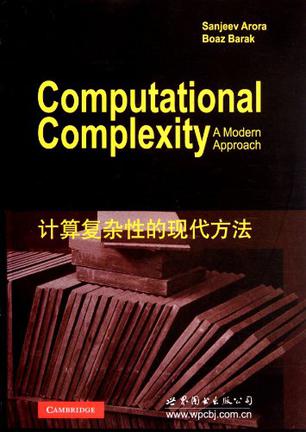
计算复杂性的现代方法
计算复杂性的现代方法,ISBN:9787510042867,作者:(美)阿罗拉 著 -
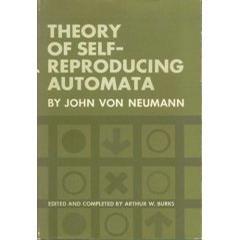
Theory of Self-Reproducing Automata
该书是一本von Neumann关于“自复制自动机”的研究论文集,由von Neumann在密西根大学的助手Arthur Burk(大名鼎鼎的John Holland的博士导师)整理编辑。 这本书的意义不仅仅在于它实际上开创了“人工生命”、“细胞自动机”等多门复杂性研究的分支。更重要的是,该书将“自我复制”作为生命的一个本质特征加以数学建模的研究。而这套理论和可计算性理论、歌德尔定理以及热力学深深地联系到了一起。这一点也许对于我们研究复杂系统的人来说仍具有重要的意义。 -
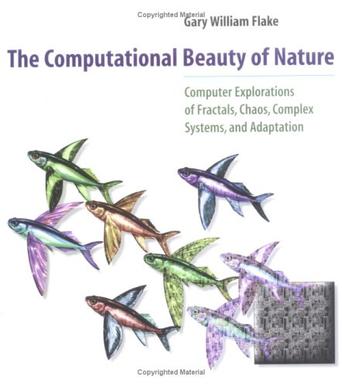
The Computational Beauty of Nature
"Simulation," writes Gary Flake in his preface, "becomes a form of experimentation in a universe of theories. The primary purpose of this book is to celebrate this fact."In this book, Gary William Flake develops in depth the simple idea that recurrent rules can produce rich and complicated behaviors. Distinguishing "agents" (e.g., molecules, cells, animals, and species) from their interactions (e.g., chemical reactions, immune system responses, sexual reproduction, and evolution), Flake argues that it is the computational properties of interactions that account for much of what we think of as "beautiful" and "interesting." From this basic thesis, Flake explores what he considers to be today's four most interesting computational topics: fractals, chaos, complex systems, and adaptation.Each of the book's parts can be read independently, enabling even the casual reader to understand and work with the basic equations and programs. Yet the parts are bound together by the theme of the computer as a laboratory and a metaphor for understanding the universe. The inspired reader will experiment further with the ideas presented to create fractal landscapes, chaotic systems, artificial life forms, genetic algorithms, and artificial neural networks. -
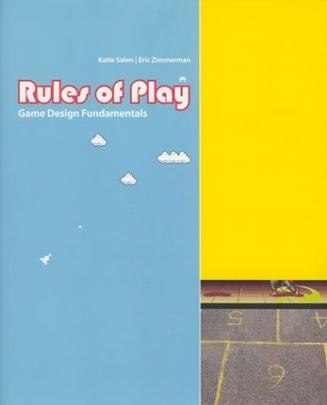
Rules of Play
As pop culture, games are as important as film or television--but game design has yet to develop a theoretical framework or critical vocabulary. In Rules of Play Katie Salen and Eric Zimmerman present a much-needed primer for this emerging field. They offer a unified model for looking at all kinds of games, from board games and sports to computer and video games. As active participants in game culture, the authors have written Rules of Play as a catalyst for innovation, filled with new concepts, strategies, and methodologies for creating and understanding games..Building an aesthetics of interactive systems, Salen and Zimmerman define core concepts like "play," "design," and "interactivity." They look at games through a series of eighteen "game design schemas," or conceptual frameworks, including games as systems of emergence and information, as contexts for social play, as a storytelling medium, and as sites of cultural resistance.Written for game scholars, game developers, and interactive designers, Rules of Play is a textbook, reference book, and theoretical guide. It is the first comprehensive attempt to establish a solid theoretical framework for the emerging discipline of game design.